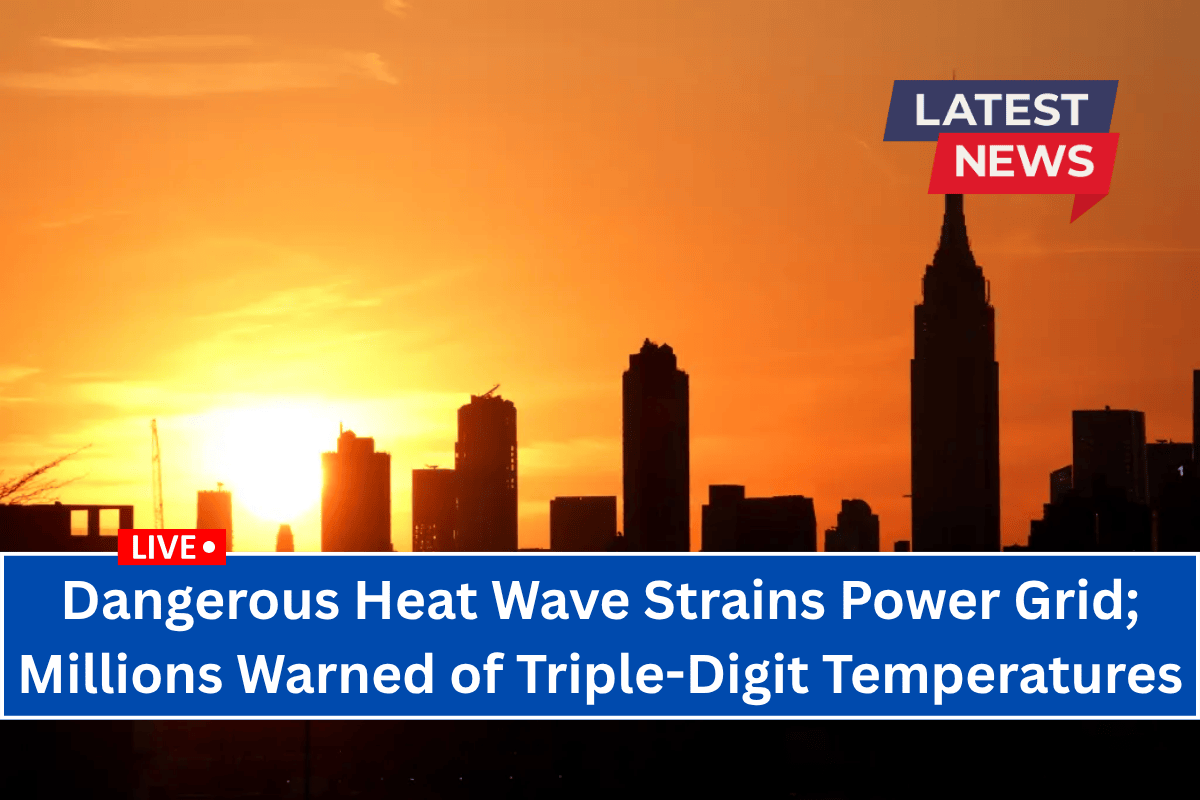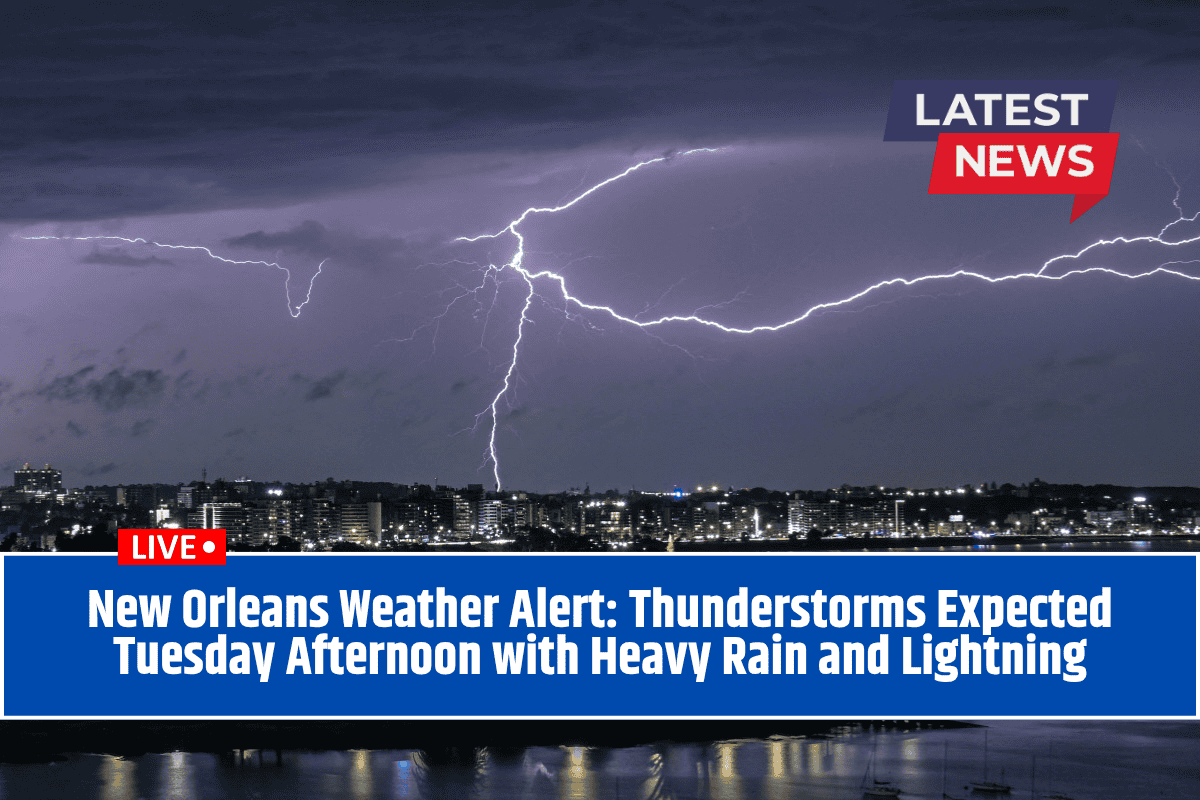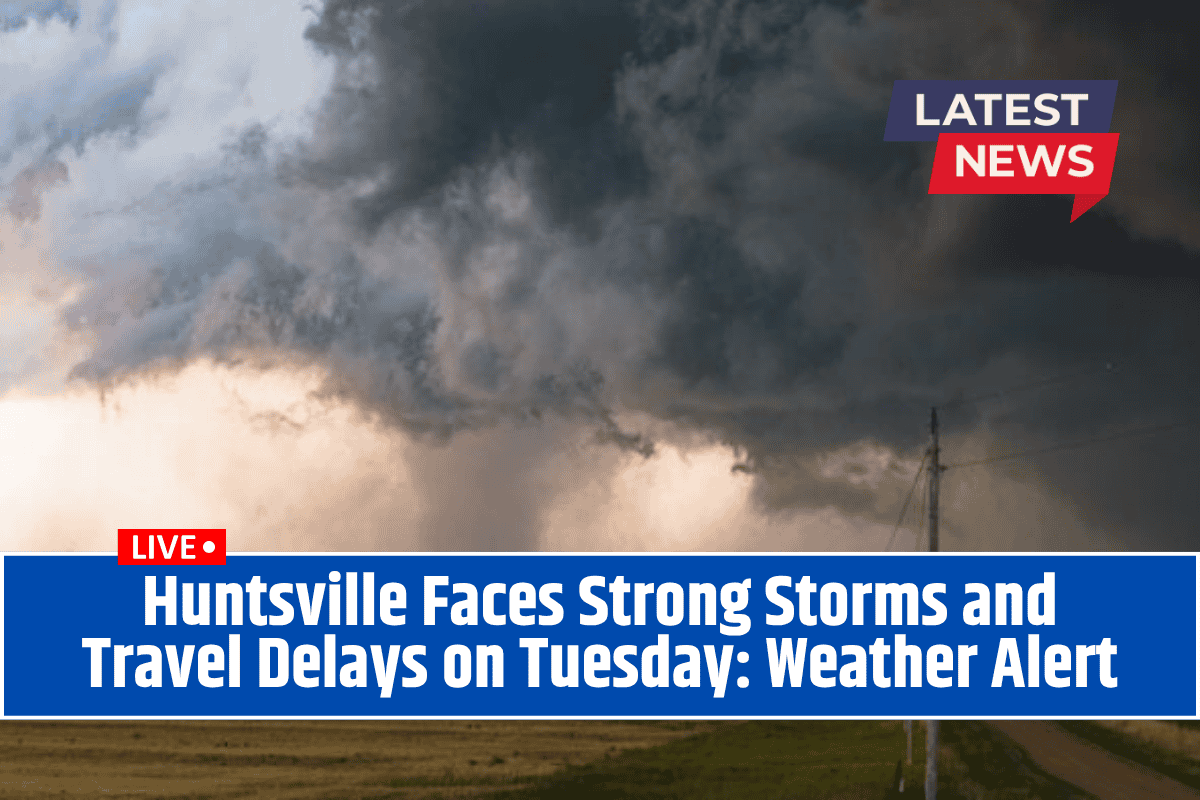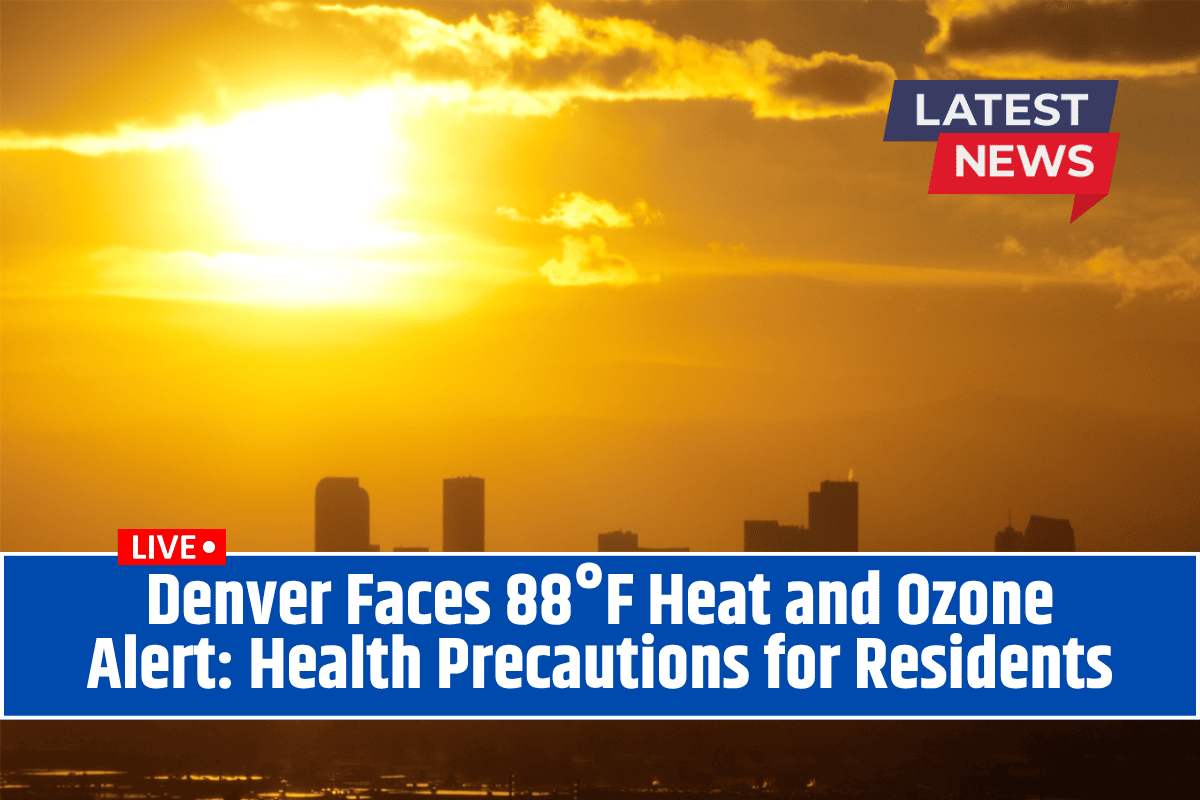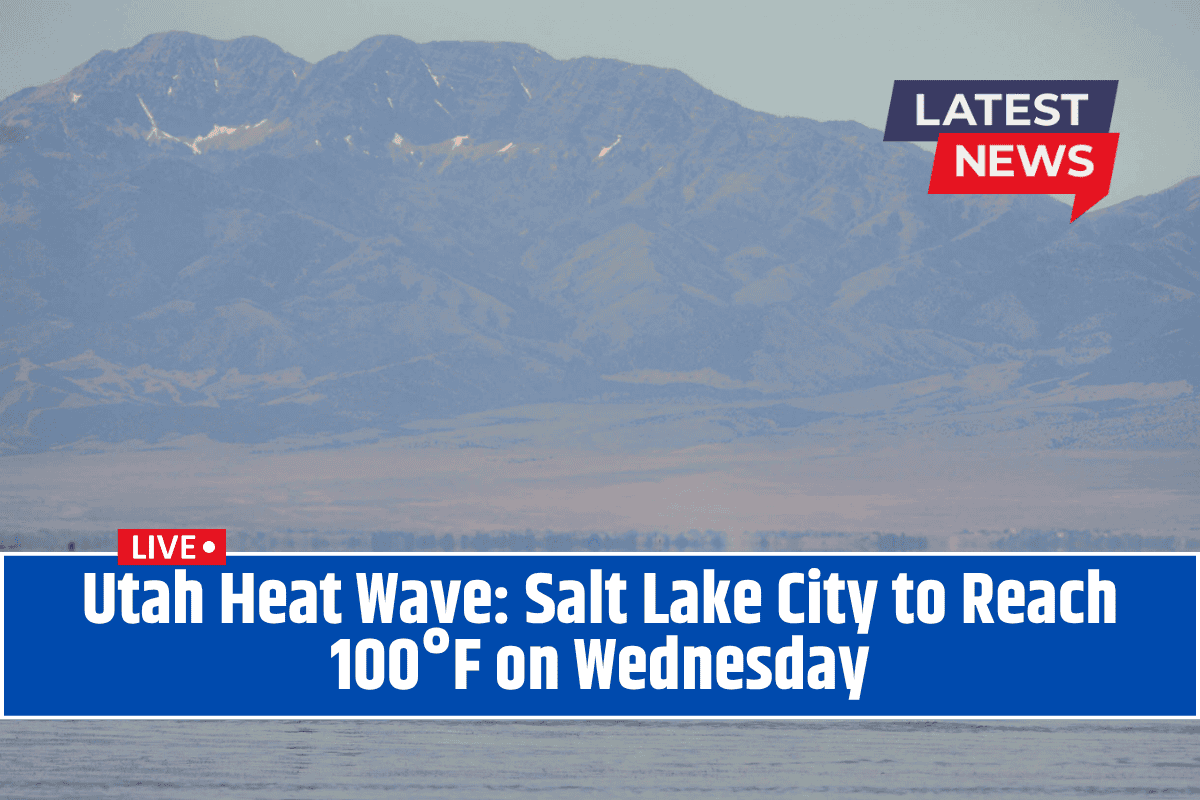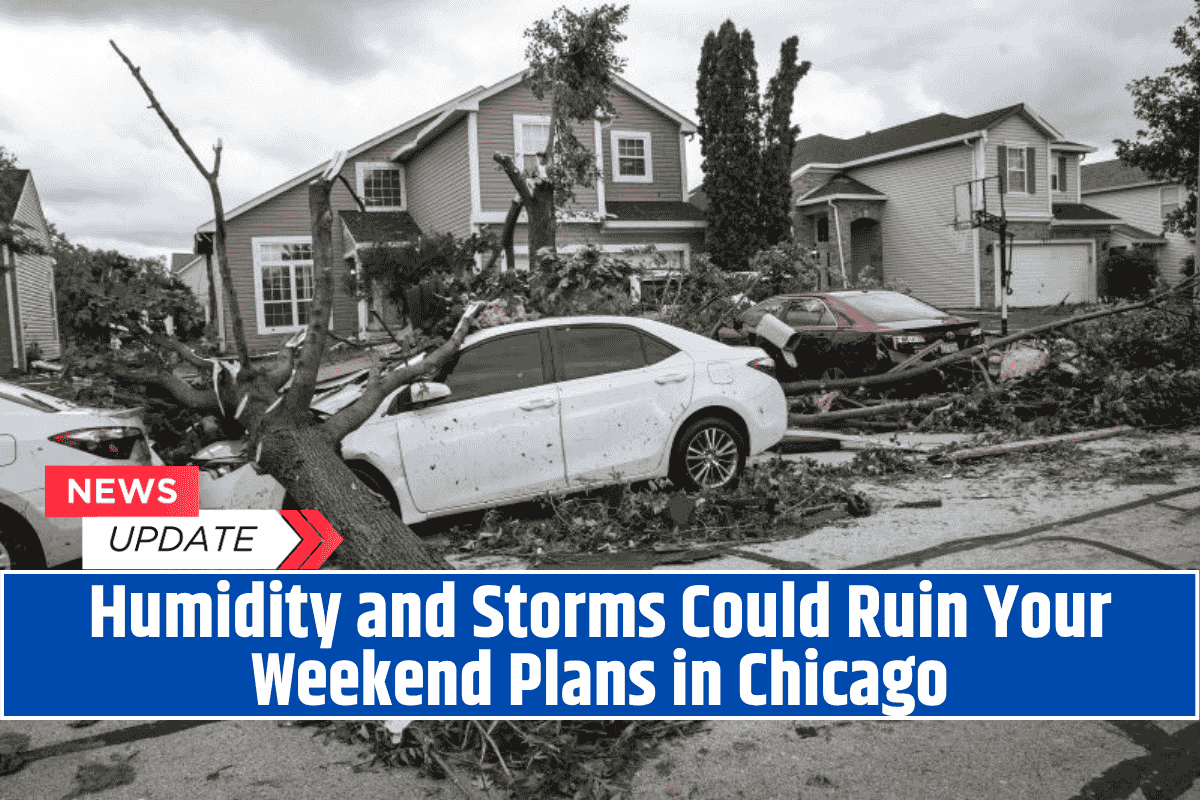A deadly heat wave continued to scorch much of the eastern U.S. on Tuesday, June 24, with temperatures reaching near 100 degrees in many areas, putting millions at risk and straining power grids.
Widespread Heat Warnings
The National Weather Service issued extreme heat warnings and heat advisories across a wide area, including cities from St. Louis to Boston. Other cities affected by the heat include Chicago, Detroit, Cincinnati, Pittsburgh, Philadelphia, Washington D.C., and New York City.
On June 24, JFK Airport in New York City recorded its hottest June temperature ever, hitting 102 degrees, the highest ever recorded there in June. This came just a day after temperatures also exceeded 100 degrees in Newark, New Jersey, and downtown Baltimore. Thousands of customers were left without power due to the heat.
Record-Breaking Temperatures
Forecasters predict that June 24 was likely the worst day of the heat wave, with widespread record-breaking temperatures. Bob Oravec, a lead forecaster at the National Weather Service, explained that the Northeast was facing the most intense heat.
Other cities across the eastern U.S. also saw record-breaking highs, including:
- Baltimore, Maryland reached 105 degrees, surpassing the previous record of 101 degrees set in 2010.
- Newark, New Jersey hit 103 degrees, breaking the old record of 97 degrees from 1966.
- Boston, Massachusetts saw 102 degrees, topping the previous record of 95 degrees set in 2013.
- LaGuardia Airport in New York City reached 101 degrees, breaking the old record of 96 degrees from 2013.
- Philadelphia reached 101 degrees, marking the first time since 2012 that the temperature at Philadelphia International Airport topped 100 degrees.
Relief on the Way
Though June 24 saw the most intense heat, temperatures are expected to fall on June 25, bringing some relief after several days of dangerously high temperatures.
